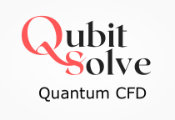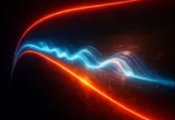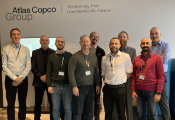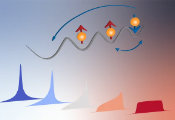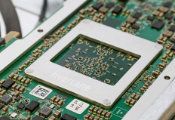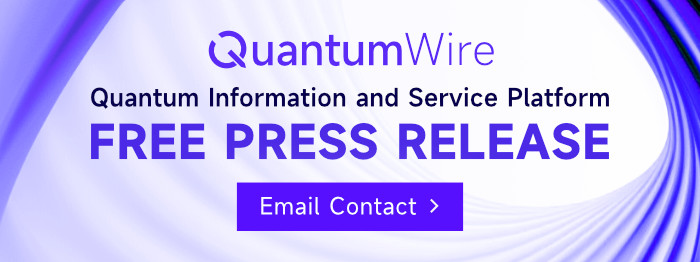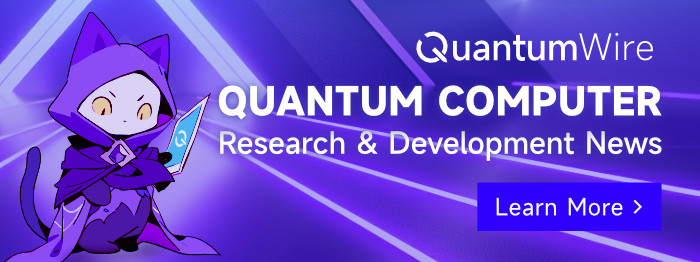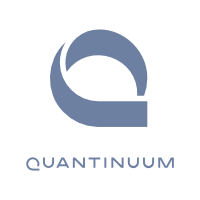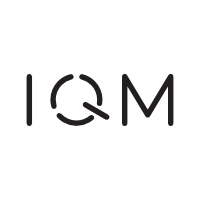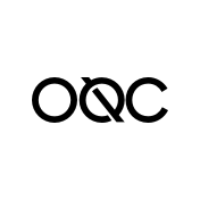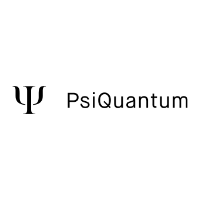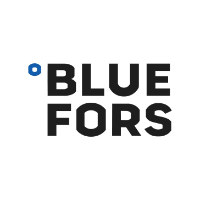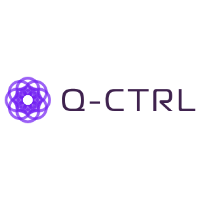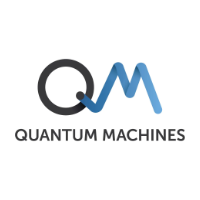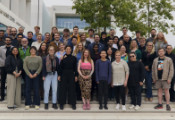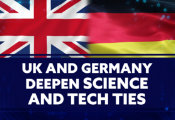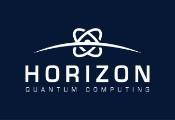New Technique Paves Way for Hybrid Quantum Networks
April 03, 2025 -- Networking quantum computers together to scale up their potential computing power poses a difficult challenge.
While classical computers can simply be connected through a fiber optic network, quantum computers cannot exchange information so easily. That’s because quantum computers that run on superconducting qubits use microwave photons, while networks use optical photons.
The mismatch between the two systems means quantum information can be destroyed or lost in the connection. To solve this, engineers have developed quantum transducers, which convert quantum signals to run between these systems. Still, these transducers can currently only send a fraction of a qubit’s information through.
Prof. Liang Jiang and his postdoctoral associate Zhaoyou Wang at the University of Chicago Pritzker School of Molecular Engineering (UChicago PME) have developed a new scheme to send quantum information through these transducers.
Using their technique, they found they could send a full qubit’s information through a channel, paving the way for hybrid quantum networks. The results were published in Physical Review X.
“We think this is groundbreaking work,” Jiang said. “A quantum transducer is a key element to scale up quantum computers with more qubits, and our technique will help create larger and more robust quantum networks.”
“Our technique will help create larger and more robust quantum networks,” said Prof. Liang Jiang.
Creating interference to preserve the signal
The mismatch between platforms is due to the different needs of the systems. Superconducting qubits — a leading platform for quantum computers — interact strongly with microwave photons. But those photons break down at room temperature and must be kept very cold. On the other hand, optical photons can carry information at room temperature for long distances, but they cannot couple to superconducting qubits.
So, connecting quantum computers through a network requires a quantum transducer. But for the transducer to work, scientists believed it needed to have a conversion efficiency of at least 50 percent — a difficult challenge, since quantum information is inherently prone to noise and loss.
But Wang found that by engineering the state of the transducer and introducing error-correcting codes, he could send quantum information through at even lower efficiencies.
In his toolkit was the Gottesman-Kitaev-Preskill (GKP) code, quantum error-correcting codes developed 25 years ago. Though these codes were developed to correct a different type of error, Wang found they could use them in a new way in the transducer’s input port and ancillary port (the second input port, typically left unused).
By injecting carefully designed GKP code (carrying quantum information) for the input and a GKP state (fixed state) to both ports, they found that they could ensure that the quantum information only showed up in the desired output port. They essentially created an interference pattern that erased information from the environment while preserving the quantum information in the signal.
“We used a non-conventional quantum state to help improve the performance of quantum devices,” Jiang said. “The results were surprising.”
“It shows you can achieve perfect transmission of a single qubit through a single use of this channel,” said Postdoctoral associate Zhaoyou Wang.
Perfect transmission of a single qubit
Even at transmissions that were less than the 50 percent conversion efficiency, one qubit’s information could be sent through perfectly.
“It solved this communication problem,” Wang said. “It shows you can achieve perfect transmission of a single qubit through a single use of this channel.”
Next, the team will collaborate with experimentalists to demonstrate the scheme on quantum systems. And though they initially modeled their system on a beamsplitter with only two input ports, they also want to test it in a network setting, with multiple ports. They also hope to continue to improve the technique to make it even more robust.
“This work really opens up new possibilities and practical applications in quantum networks,” Wang said.


